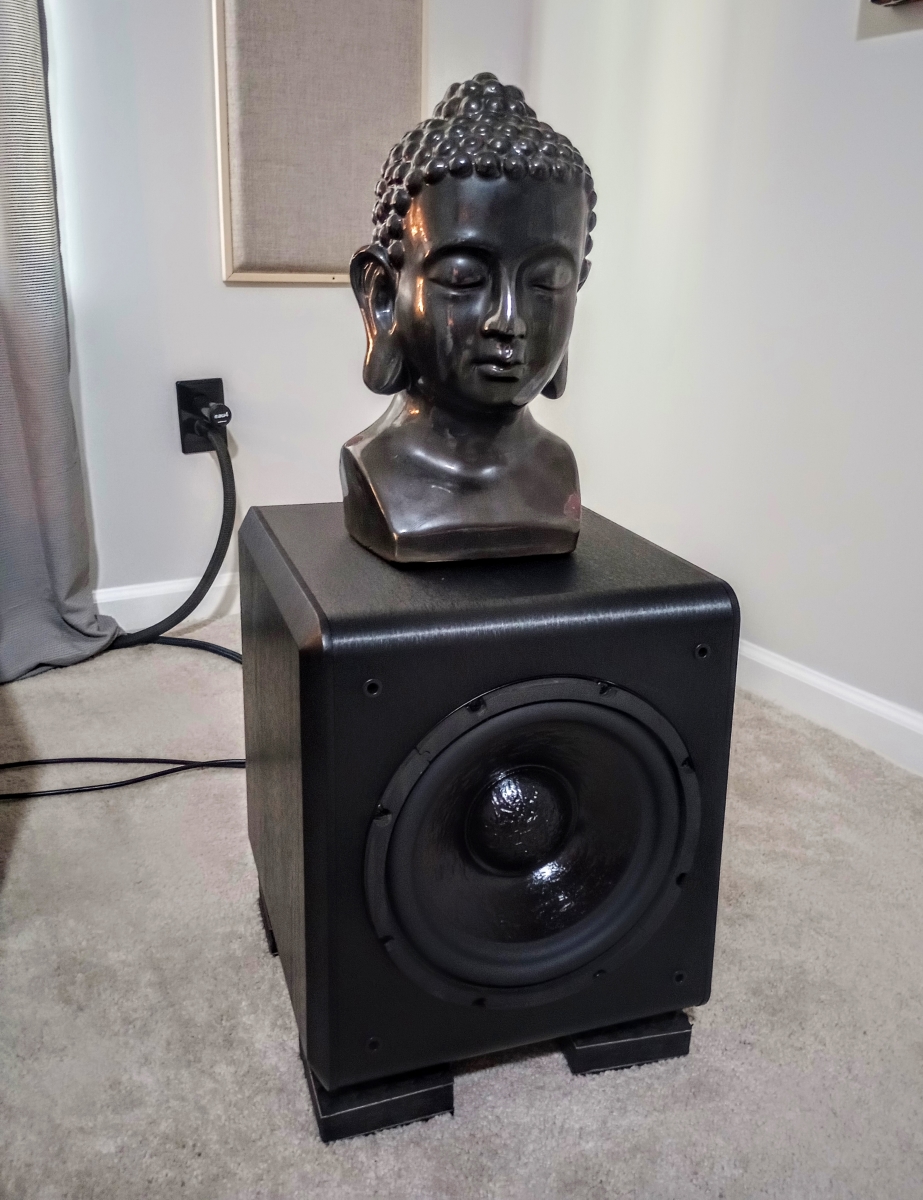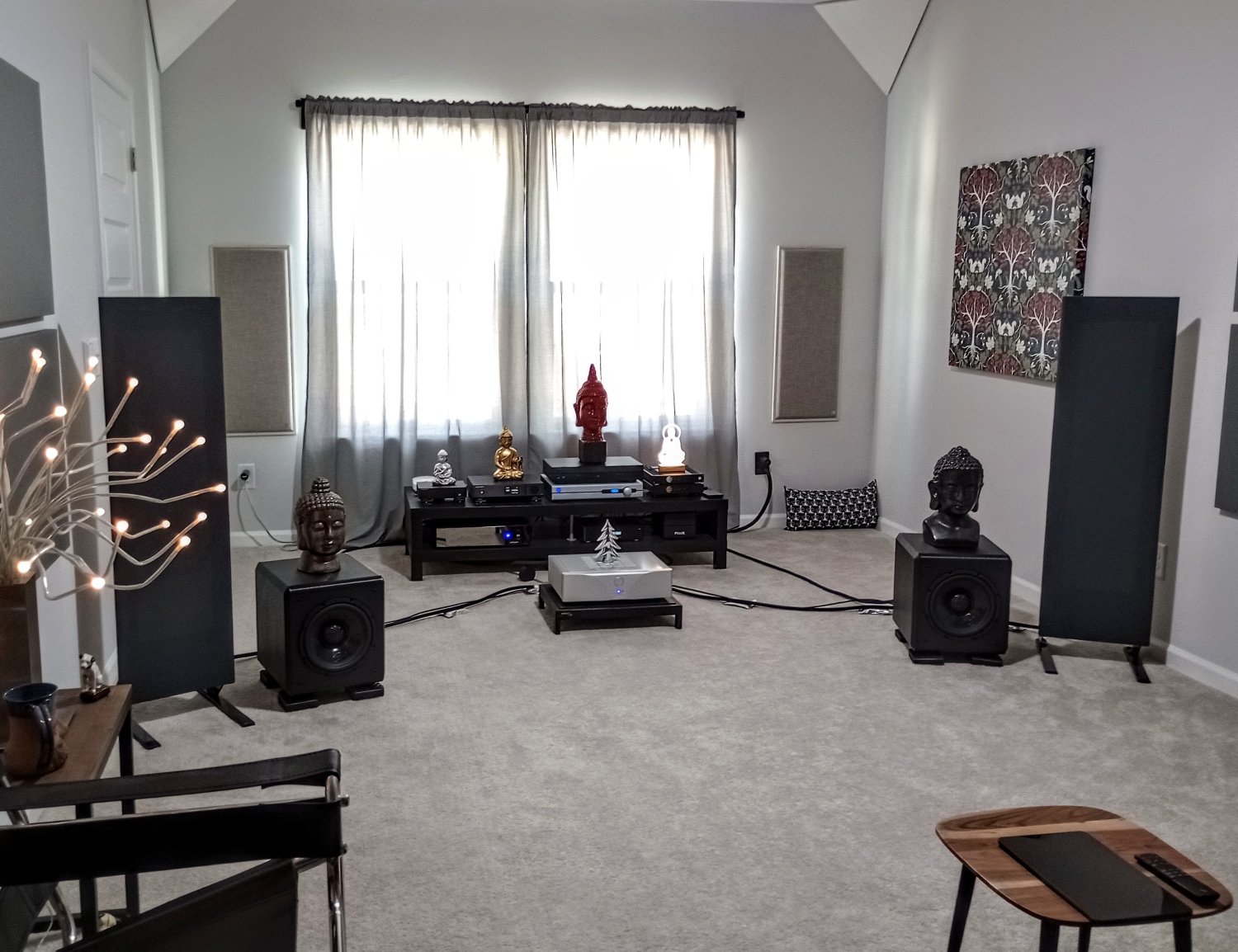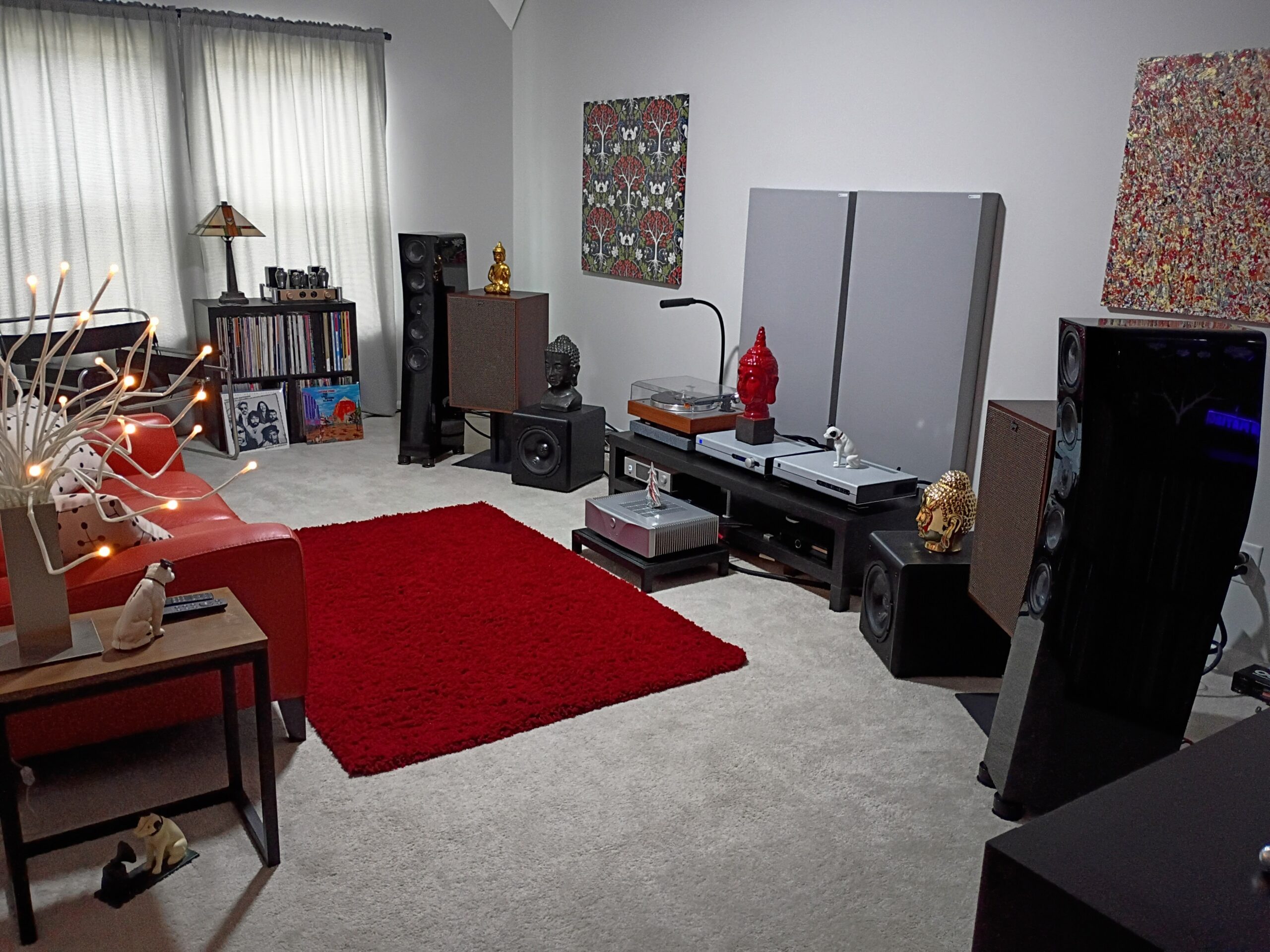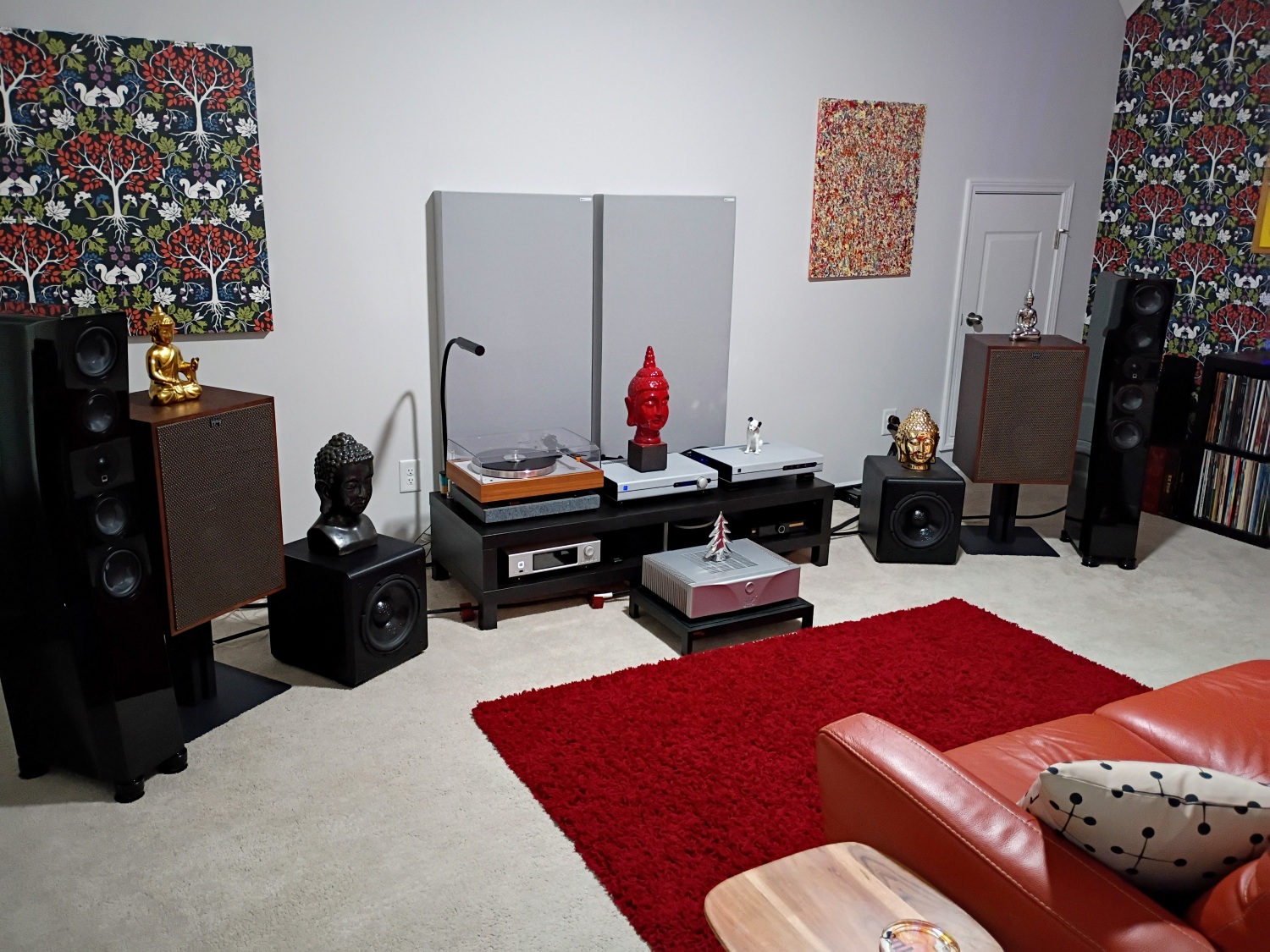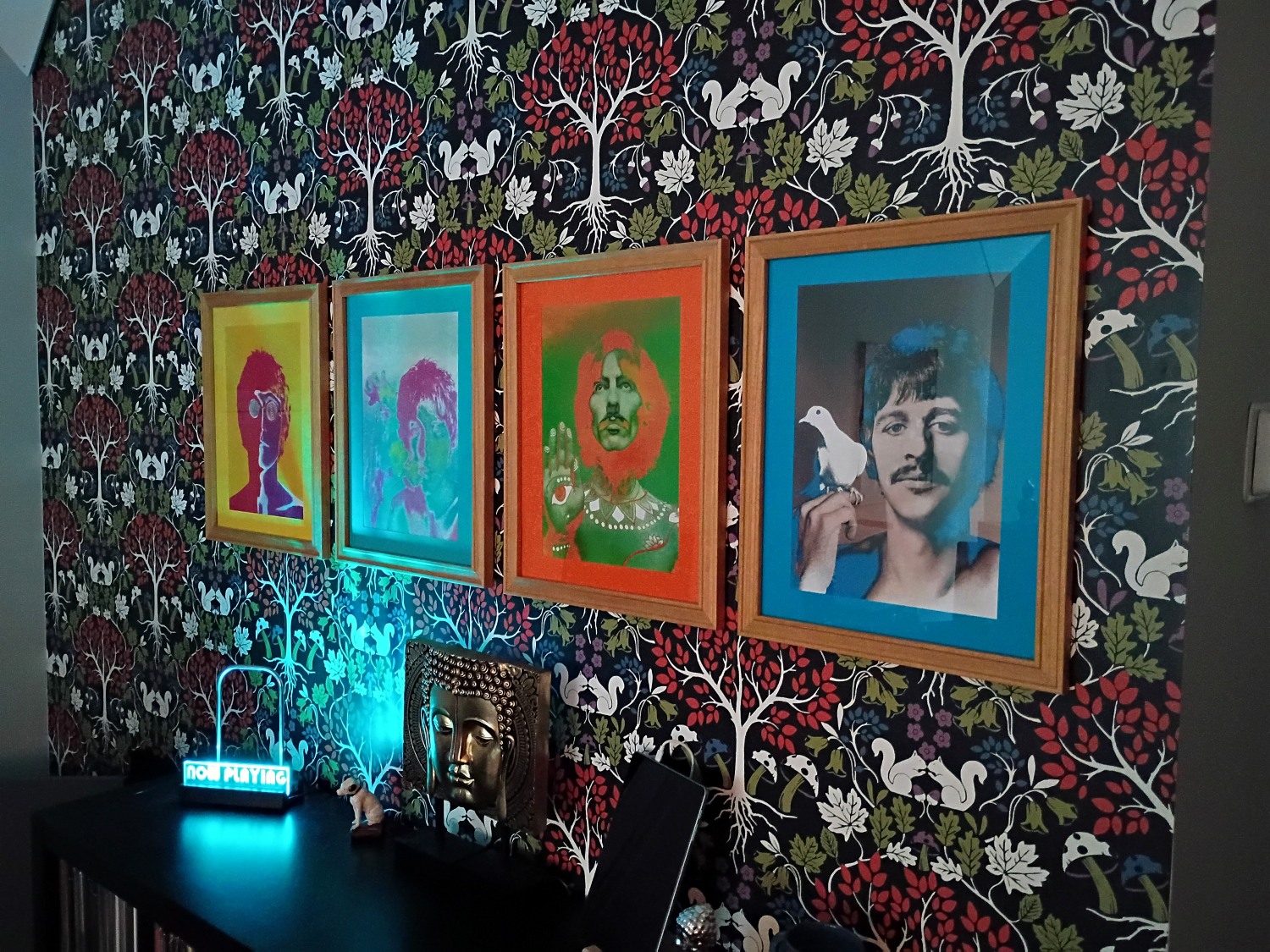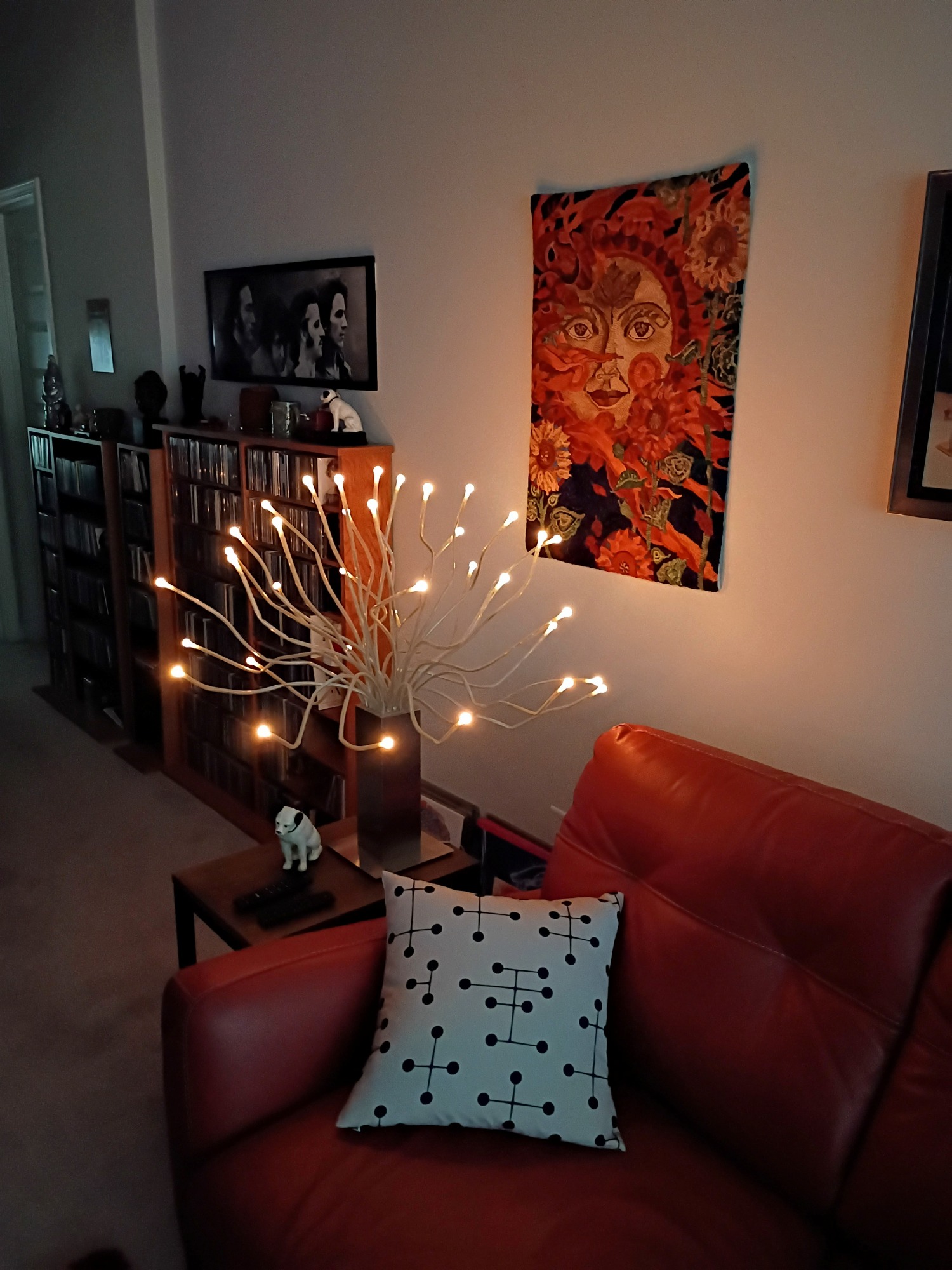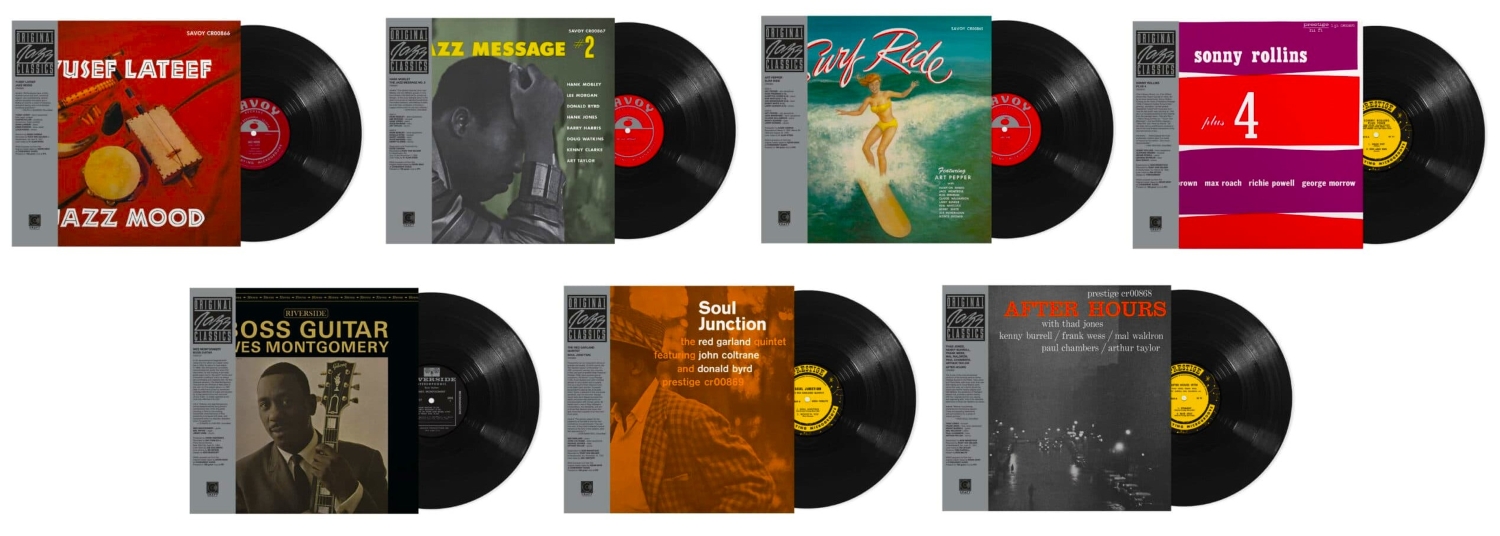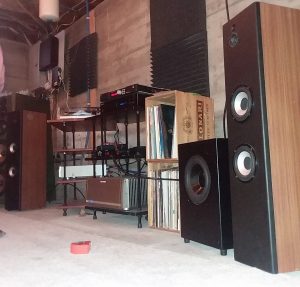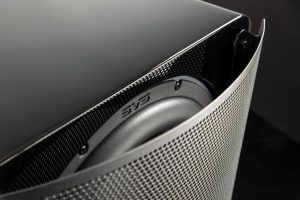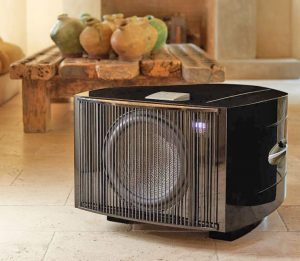My original review of the Vanguard Caldera 10 subwoofer earlier this year was nothing short of an all out rave, and deservedly so! I know this is beginning to sound like the proverbial broken record, but how Vera-Fi Audio's Mark Schifter and his partner Viet Nguyen can design and manufacture a superb unit like this at its $199 price point completely mystifies me. The Caldera 10 punches far above its class, and replaced a recently deceased REL T9 sub that sold for a thousand bucks twelve years ago. The Caldera 10 stepped right in without skipping a beat, serving up prodigious low bass that shook (literally!) my impressions of what $200 can get you in a satisfyingly good subwoofer. You can read my original review HERE.
Simple Math: Caldera 10 x 2 = 2x the Fun!
Mark Schifter and I had already been talking about doing a dual Caldera 10 follow-up from the outset of the original review process. Incorporating dual subs would help minimize low-frequency room nodes, while smoothing out any anomalies present from the use of a single subwoofer. And a pair of subs should yield a definite uptick in system synergy by providing low bass that's more viscerally dynamic, more controlled, and much more effortless. Getting two subs made complete sense—especially at the Caldera 10's crazy-low $199 price point. For under $400 for a pair of subwoofers, getting a second Caldera 10 was an absolute no-brainer, especially considering their impressive build quality and stellar performance!
Vera-Fi, however, was selling the new subs like hotcakes, and it took a few weeks to get a second one here for the review. And, of course, I was well aware that additional time would be required for break-in of the second sub. At the point when the second Caldera 10 had been in the system for over a week and we were all set to proceed, I suddenly experienced serious equipment failures in both audio systems. My PrimaLuna EVO 300 tube integrated amplifier started behaving unusually as I was approaching the finish line with the Vanguard Scout review, producing a sound that suddenly became uncharacteristically hollow and disjointed. After a period of several days, it was eventually determined by Upscale Audio (PrimaLuna's North American distributor) that I needed new power tubes. They sent an upgraded matched quad of premium Gold Lion KT77 power tubes, along with a new NOS pair of Brimar 12AU7 output tubes, which took almost a week to arrive. The analog system was down for the count—at least until the tubes arrived.
Within a day of the PrimaLuna drama, one of the panels of my Magneplanar LRS+ loudspeakers suddenly malfunctioned to the point of being unlistenable. I'm working with Magnepan to get it repaired under warranty, so I've had to replace the LRS+ pair in the digital system with my original LRS loudspeakers. The five-year-old LRS lacks a touch of the top-end sparkle and you-are-there imaging the LRS+ shows in abundance, but hey—at least I had a backup! All the system zaniness definitely slowed down my review schedule to a trickle, where almost everything in-process got relegated to the back-burner for a while.
Dual Caldera 10 subs with the Vanguard Scout Loudspeakers
My original Caldera 10 review initially only covered its use with the Magneplanar LRS+ loudspeakers, but not long afterwards, I received a pair of Vera-Fi Audio's Vanguard Scout standmount compact loudspeakers. The wheels on both audio systems were simultaneously coming off in all directions, and since I had to remove the LRS+ from the room anyway, I decided on a complete lark to bring the Vanguard Scouts into the bigger digital room to have a listen with the now dual Caldera 10's. The Vanguard Scouts were astonishing performers in my all-analog room with 42 watts of EL-34 tube power, but I was a bit hesitant to hook them up to the powerful Naiu Labs Ella hybrid solid-state amplifier (250 wpc/8 ohms, 500 wpc/4 ohms, 1kW/2 ohms). To my great surprise, with the seemingly overpowered Ella, the Scouts sang like never before in the larger digital room!
And that was, of course, with the pair of Caldera 10 subs; in response to one of my Facebook posts concerning this turn of events, a reader pointed out to me that the subs didn't appear to be time-aligned with the Scouts. I told him I'd simply left them in the same positions as intended for the dual Caldera 10/Magneplanar LRS+ review—which apparently wasn't going to happen as planned. And besides, with decades of experience with subwoofers—especially RELs, which are often designed for corner placement—I felt the Caldera 10's non-directional bass output was working perfectly in that setup with the Scouts. I ended up going back and revising the original Vanguard Scout review to include their use in combination with the Naiu Labs Ella—you can read that review HERE.
Surprisingly, during initial setup of the dual Caldera 10 subs with the LRS+, I found that with both subs running, a slight increase in their volume level sounded more correct to my ears. With the single unit, I had the level set to slightly higher than the one-quarter point on the sub's volume scale, or just slightly past 9 o'clock on the dial using the classic analogy. With dual Caldera 10 subs, I could nudge the volume a notch beyond that, and it still sounded absolutely perfect. Immediately after getting the system dialed in, the faulty LRS+ loudspeakers exited the system and the Vanguard Scouts took their place. Surprisingly, no new adjustment to the sub levels was necessary, and the sonic signature portrayed by the Scouts was crazily close to what I was used to hearing from the LRS+.
Which was even more shocking to me, as the two loudspeaker brands represent very different design philosophies. I wasn't sure the small Vanguard Scouts would be able to energize the room in the same way as the Magneplanar LRS+, but they amazed me with their ability to fill the larger space with satisfying music, and to completely disappear into the soundstage. And the Scouts reproduced challenging music selections with the kind of scale of image that didn't seem possible. In tandem with the dual Caldera 10 subs, they totally rocked the house, and blended perfectly with them; the combo presented a big and bold stereo image that defied logic. Especially considering the relatively diminutive size of the Scout/Caldera 10 combo and their comparative low cost, which at just under $700 for all three elements was $550 lower than the cost of just the Maggie LRS+ pair intended for the original review.
I plugged the rear ports of the Vanguard Scouts with wool, just as in my original review with them in the tube setup. I didn't want to stress their small woofers unnecessarily with excessive cone movement, especially considering that I didn't know how they might react to the brute power supplied by the Naiu Labs Ella. That decision proved to be correct for use with the Caldera 10 subs in the larger room, and the combination rewarded me with impressively cohesive sound across the spectrum. The dual subs provided a quantity and quality of deep bass that consistently shattered my expectations. And FYI, I'm still using the speaker level inputs for connection of the subs to the amp(s). I'm a firm believer that speaker level connections yield a more perfect blend between the subs and loudspeakers, and they avoid potential high-level impedance mismatches between your preamp and subwoofers.
Twin Caldera 10 subs with the Magneplanar LRS Loudspeakers
As the days rolled along, and it became increasingly clear that getting the LRS+ panel repaired would probably be a months-long process, I came to the realization that I needed to set up the original Magneplanar LRS loudspeakers in the digital room in the interim. It had been over a year since they'd seen any action, and after mounting them to the Magna Riser stands, I initially placed them in the same spots the LRS+ usually occupied. And very quickly became reacquainted with the sonic differences between the LRS and the LRS+ models; as I mentioned above, the LRS+ produce a slightly more balanced and musical presentation than the original LRS. The LRS sounded slightly dull in comparison to the LRS+, and didn't quite offer the same level of convincing imaging displayed by the upgraded Maggies.
I ended up moving the LRS loudspeakers around a bit in an attempt to improve their imaging; increasing their toe-in significantly improved the soundstage to a point that it quite nearly matched that of the LRS+. I also found that after doing so, the LRS displayed a more balanced top-end that made them seem less lacking than before. For giggles, and also to avoid further criticisms concerning the sub alignment with the mains, I moved the dual Caldera 10 subs into more of a time-aligned arrangement with the LRS. Everything worked, the soundstage snapped into place, and the overall musicality of the new system was remarkably good. And with everything in their new positions, the output level I'd arrived at for the Caldera 10 subs with the LRS+ meshed perfectly with the LRS, even though the subs were slightly further into the room.
I listened to many of the same tracks in the dual-Caldera 10 setup that I chose for the original review, which struck me as totally appropriate for the follow-up. And included artists from multiple genres like Patricia Barber, Peter Gabriel, Dead Can Dance, Depeche Mode, and Yello, along with classical music selections from the works of Shostakovich and Ralph Vaughan-Williams. While the general character of my chosen selections was in a very similar vein as that of my original review experience, the bass response with the pair of Caldera 10 subs was so much more impressively dynamic! And there also seemed to be a more pronounced stereo image with the dual subs in place. Though I'd been mostly living with a single REL sub for over a decade, its corner placement sufficiently tricked my brain into palpably believing that the bass sounds coming from both left and right speakers were being rendered correctly. Hearing the dual sub setup more accurately displayed bass transients that in the recordings originated on either the left or right side of the soundfield, and the resulting playback was more authentic than I would have believed possible. Until you start living with dual subs, I guess you don't fully realize what you've been missing!
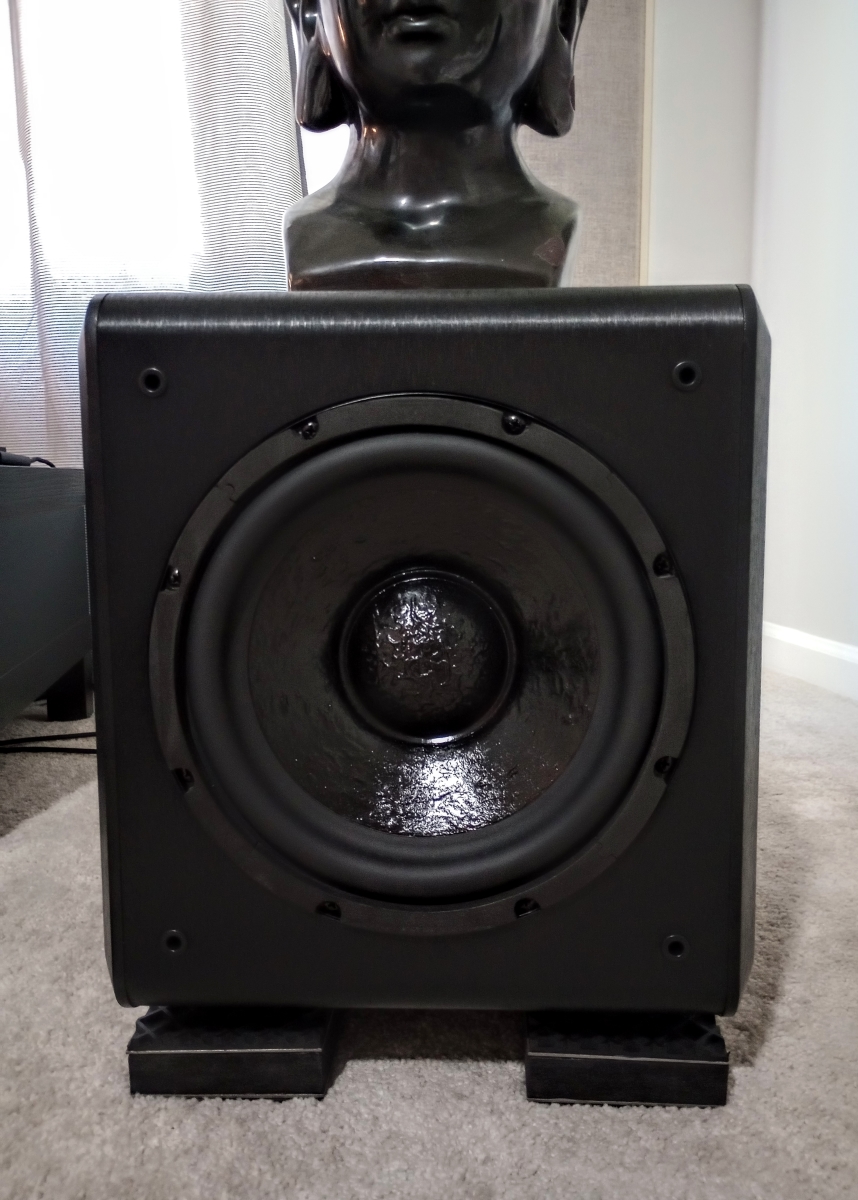
Final Impressions
As I noted in my original review, the Caldera 10 presented bass that was impressively deep and musically tuneful, and the $199 sub was surprisingly able to match the superb level of performance I'd been getting from the much more expensive REL T9 for over a decade. That really shocked me then, and now—in a dual Caldera setup—that level of shock has grown to almost absolute disbelief! The pair of Caldera 10 subs has set a new standard for low bass performance in my room, and nothing I've thrown at them has caused them to stumble or even emit the slightest whimper. I have no doubts they could take even more punishment completely in stride. To say that I'm totally astounded by this is the understatement of the year!
A single Vanguard Caldera 10 subwoofer got my highest recommendation, and my boggled brain can't even conjure a proper superlative that adequately proclaims my enthusiasm for the matched pair! From a technical standpoint alone, getting two Caldera 10 subs makes perfect sense; as I so eloquently noted above, at the combined price of under $400, getting a pair becomes a complete no-brainer. Very highly recommended!
Vanguard Caldera 10 Powered Subwoofers
Retail: $199 each
Vera-Fi Audio
All photos courtesy of the author




